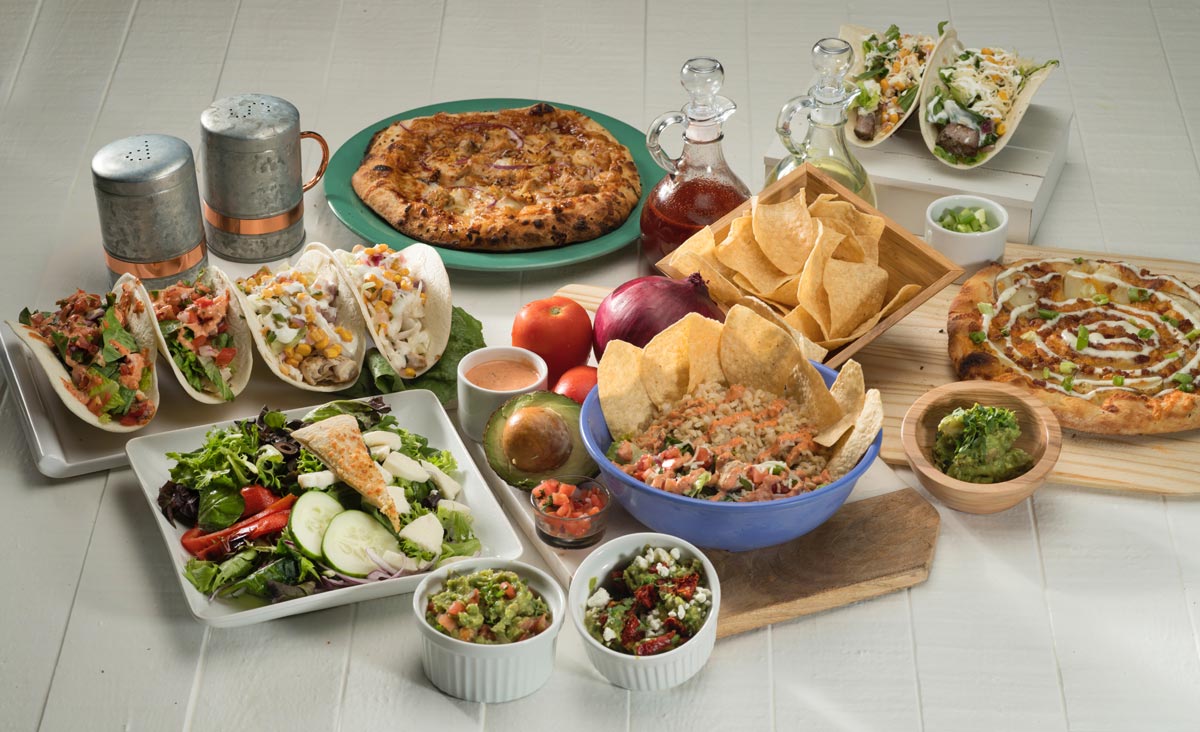
On average, Americans eat more than 3,400 milligrams of sodium each day, which is more than double the ideal amount of 1,500 mg per day. What’s more, over 75 percent of that sodium comes from processed, prepackaged and restaurant foods – not from the salt shaker, according to the American Heart Association (AHA). That’s why it’s important to read labels closely.
Sticking to a low sodium diet will help you maintain a healthy blood pressure and reduce your risk of heart attack, heart failure, stroke, kidney disease, osteoporosis, and stomach cancer. Plus, you’ll feel less bloated and may even experience fewer headaches.
As part of a heart-healthy diet, the AHA recommends watching out for what they call the “salty six,” or the surprising foods that add the most sodium to your diet.
- Cold cuts and cured meats: Deli or pre-packaged turkey can have as much as 1,050 milligrams of sodium per serving!
- Pizza: One slice may have up to 760 milligrams of sodium!
- Canned soups and vegetables: Anything in a can could be a potential sodium bomb; one cup of canned chicken noodle soup can have up to 940 milligrams of sodium.
- Breads and rolls: Even though bread doesn’t always taste salty, one piece can have as much as 230 milligrams of sodium. If you have toast for breakfast, a sandwich for lunch, and a roll with dinner … well, you do the math!
- Chicken nuggets: Just 3 ounces of frozen and breaded nuggets (about the size of the palm of your hand) can add up to nearly 600 milligrams of sodium.
- Burritos and tacos: Two teaspoons of packaged taco seasoning can have 411 mg of sodium.
Nutritional Guidance at 10 Acre Ranch
A wide range of supportive programs are offered at the Ranch, including nutritional counseling and meal preparation. Learn more about how our customized residential and outpatient programs can help you live a healthy and addiction-free life! Call today: 877-228-4679.






